It’s the time of year when groups of international students make their way to local high schools, traversing oceans and continents to continue their studies. Most students take a 15-minute drive to school, but our exchange students took a 14-hour flight. A group of Japanese exchange students arrived in town on October 12th. During their time in Texas, they will explore American culture and more specifically, the culture of Nacogdoches. The Japanese student exchange program has been an annual tradition here for over a decade and provides both American and Japanese students with a deeper understanding of each other’s cultures.
“My host father buys me donuts, my mother is funny, Ella is kind and dependable, and her support is always fun,” 17-year-old exchange student Haruna-gondo said.
Haruna is from Kyushu, Japan, a beautiful island full of natural sights. She is being hosted by the Furniss family. She states that the main difference between America and Japan is that everything, including food, buildings, and prices, is bigger. On the 17th, the exchange students, with their host families, had a tour of Downtown Nacogdoches, a core part of Nacogdoches’ culture and history. During their time here, they will have also experienced a high school pep rally, the Student Council and Soy Origin International (SOI) clubs’ annual Peace Meal, made shirts with Graphic Design class, presented their culture to Forensic Sciences and Culinary Arts, and finally, visited the Annual Nacogdoches County Fall Fair.
“I thought it would be nice to work overseas in the future, so I wanted to see what it was actually like overseas,” Haruna said.
Masato is a 16-year-old exchange student from Kagoshima, Japan. Kagoshima is a sprawling seaside metropolis full of new technology. Masato Morita says he enjoys everything about the U.S. and Texas is bursting at the seams with culture. Anywhere from our various sprawling cities like Houston, Austin, and Dallas, or our famous barbecue, there is an endless array of sights to see and things to experience. But most of all, southern hospitality is what Texans are known for.
“I want to talk about life in America to my friends and family. I would like to talk about what kind of food I ate and what I learned in America,” Masato said.
Masato says he is getting along very well with his host family, the Hodges, as well. Dr. Hodge, an elder in the United Methodist Church, met the exchange students when they visited Beaumont, Texas. His son, Charlie Hodge, currently a junior on the swim team, states that hosting an exchange student is an extremely rewarding experience. Living with a host family rather than in a hotel gives the exchange students a more personal, memorable bond, and allows for them to truly experience southern hospitality. Southern hospitality can be seen everywhere, not only in the host families but also at school.
“I’m not good at English, but everyone was kind enough to help me with translations,” Masato said.

There is a wide range of clubs, sports, and people, giving every student a place to express themselves. Although the exchange students only stayed for a short time, they experienced the wide range of activities we have to offer.
“My favorite thing about coming here was Nacogdoches High School. The people here are very kind and I love it!” Masato said.
The move to a completely new country can be unimaginable for most. But a slight language barrier should never keep people from creating new and deep friendships.
“The lesson I learned in America is the warmth of people. A lot of people helped me when I was confused,” Masato said.
Southern hospitality is what Nacogdoches is best at. Our community has a unique way of making anyone, from anywhere, feel comfortable, welcomed, and belonging in our town. Although our town is small, it can offer lessons that can be carried throughout a lifetime.
When asked about the biggest lesson learned during her time in Texas, Haruna said, “The importance of reaction when communicating with people.”
There is a big difference in communication in Japan versus the United States. Communication in Japan is much more understated, whereas communication in America is more indirect. Learning both of these communication styles allows students to communicate with a diverse group of people, but takes practice. Although the exchange students were able to visit many various landmarks and experience a vast array of American traditions, there is still much more to see and learn about the U.S.
“I want to check my English skills and use them next time,” Masato, who is thinking about visiting the U.S. again next year, said.
Not only did this experience expand the language abilities of the exchange students, it allowed them to feel more comfortable performing in front of a crowd. At the Pink Out Pep Rally, six exchange students performed a traditional Japanese dance. The exchange program offers a complete change in scenery for not only the exchange students but also the opportunity to broaden students’ cultural landscapes. One goal of the exchange program is to give students new experiences and aspirations, which have been accomplished. On October 18th, the exchange students will leave Nacogdoches, return to Japan, and take their new lessons and memories with them.
“We learn about each other from halfway across the world, so that we understand what each other is like, and how we’re different, and to realize that we are alike – all of us,” said high school teacher Dr. Katherine Whitbeck, who has been involved in the Sister City Exchange Program since 2004. “I can tell you, teenagers in Japan are just like teenagers in the U.S. You have fun, you have slang, you’re interested in the same things. I really enjoyed watching everyone interact and finding out they had many of the same interests.”

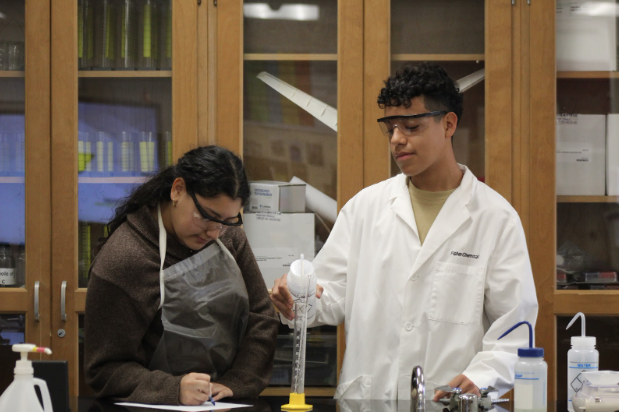














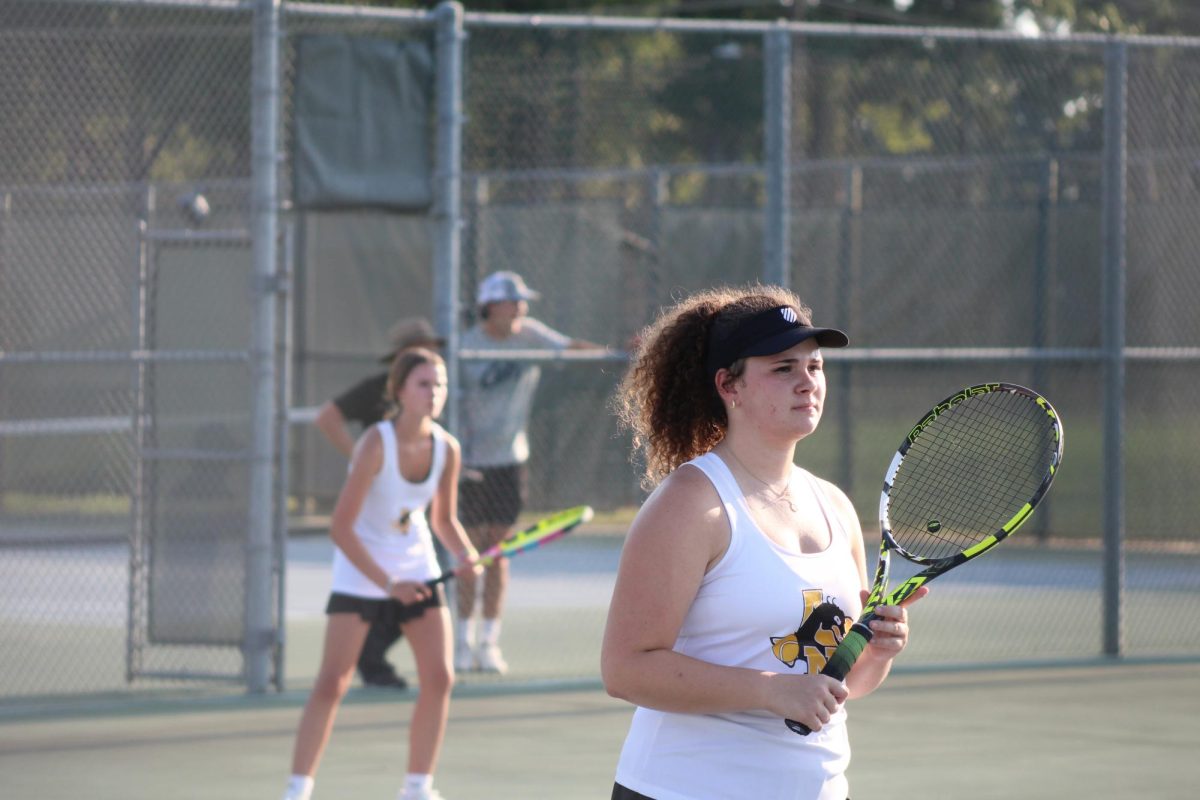




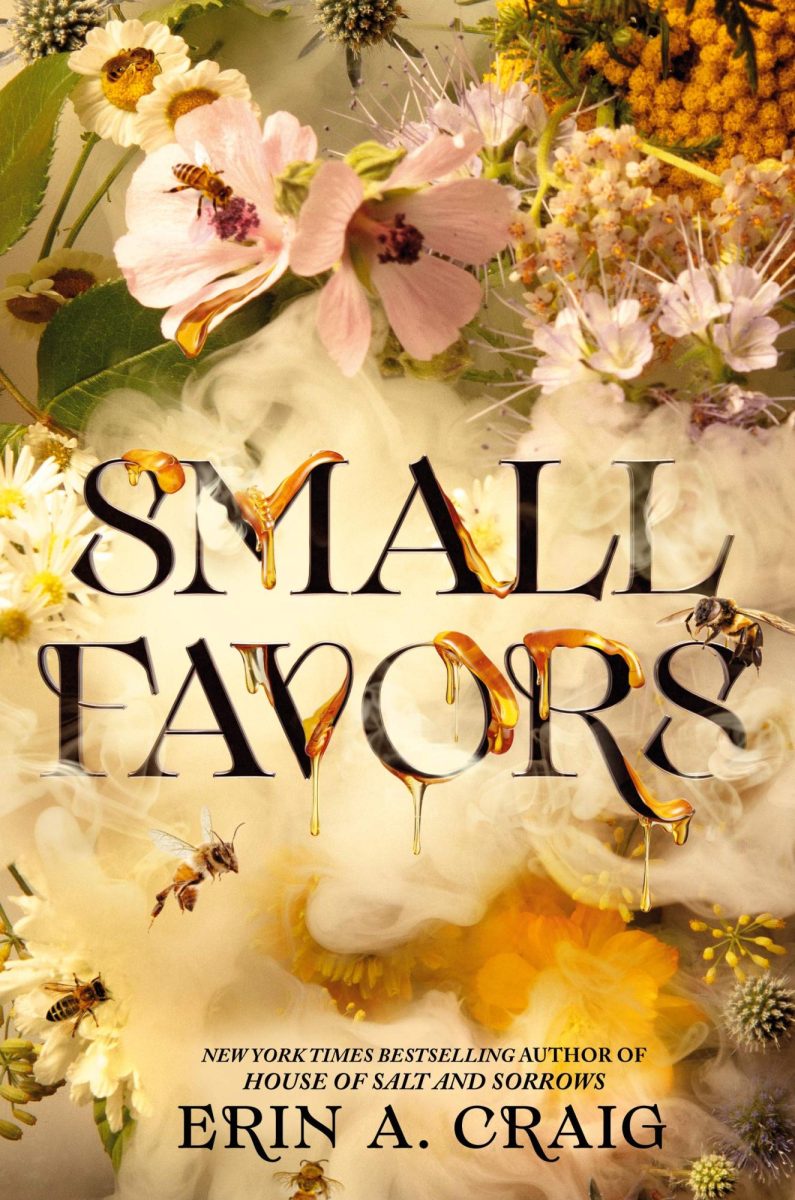

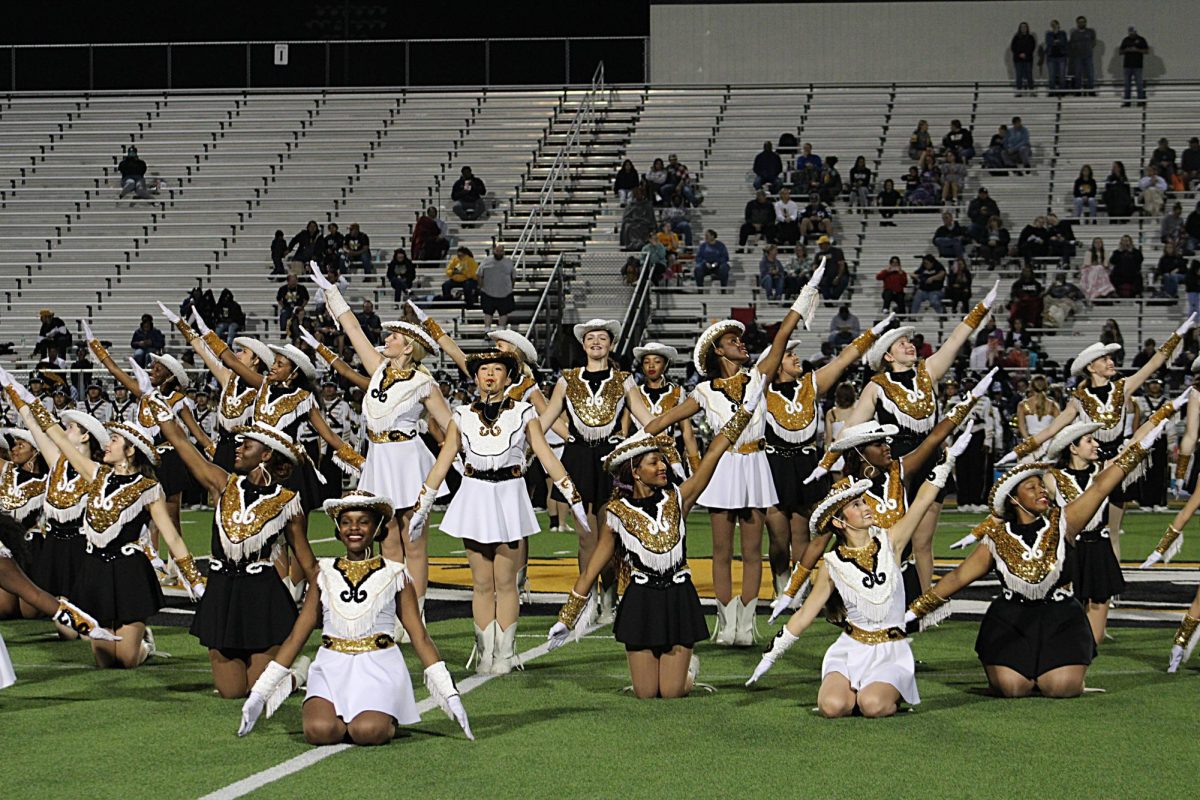


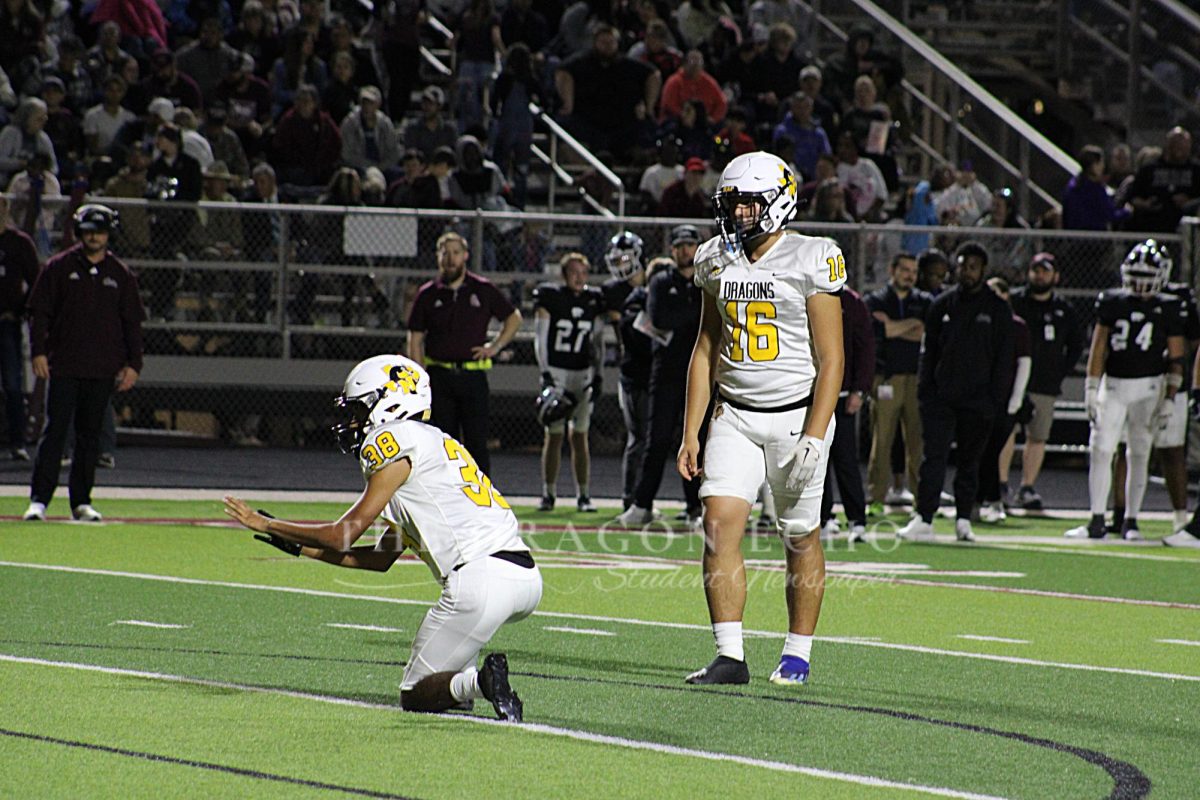

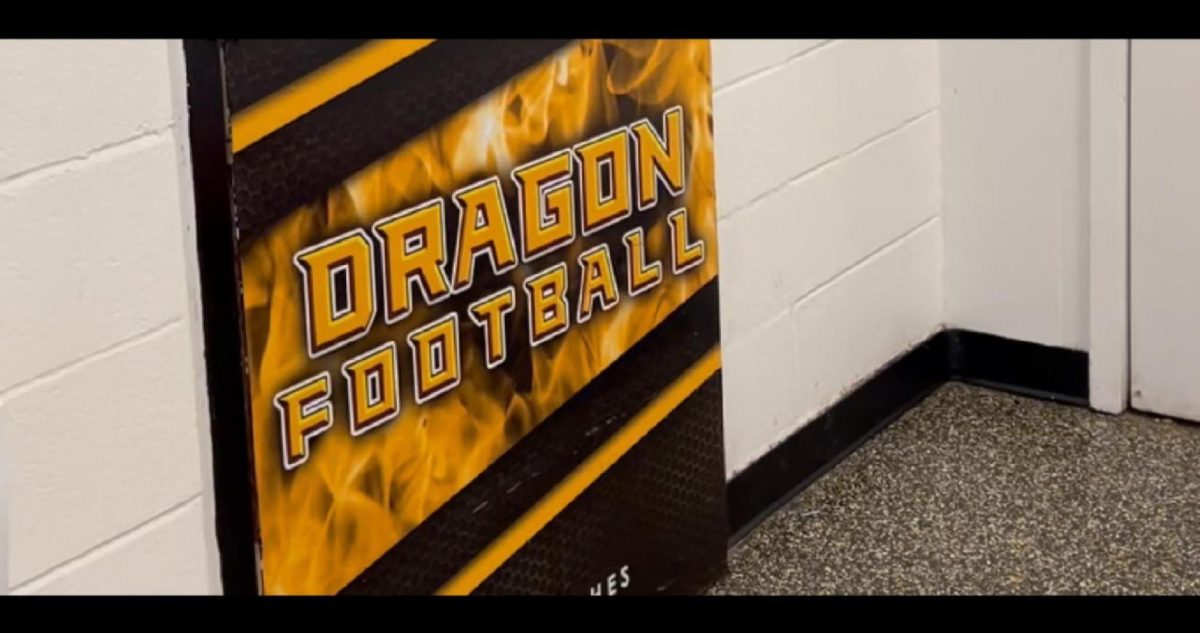
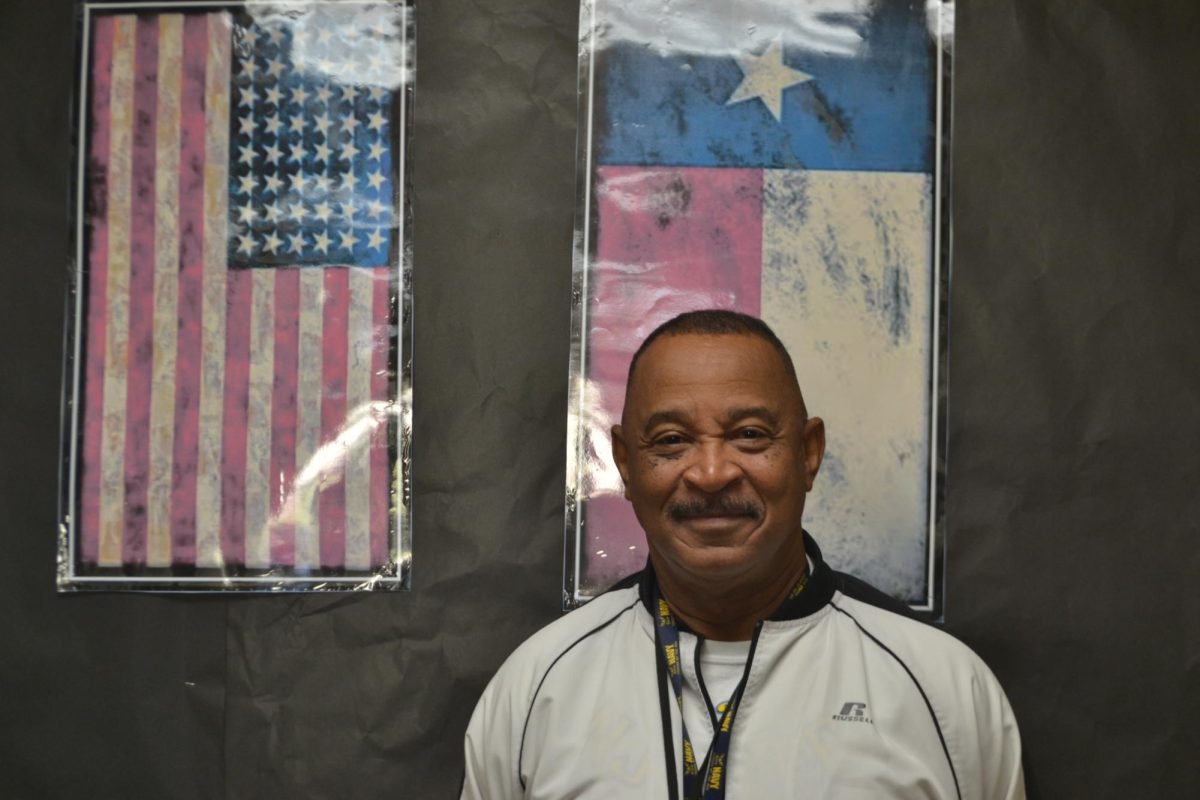

Donna Oliver • Oct 30, 2023 at 9:29 am
Great story Jean!
jean • Oct 20, 2023 at 2:10 pm
So so grateful to meet the exchange students! It was such an eye-opening experience to meet people halfway across the world.